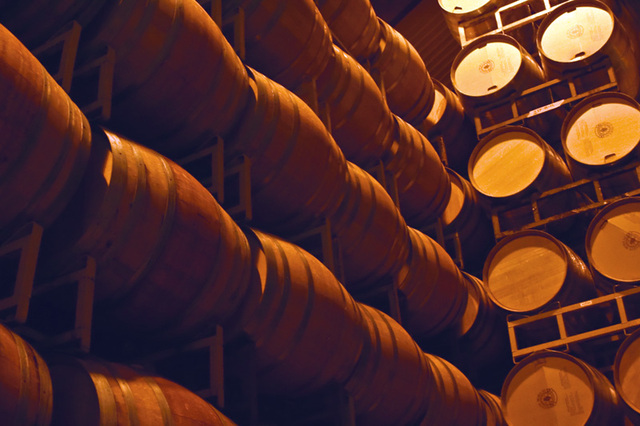A Million Little Bubbles
Gruet's Methode Champenoise


Barrels are silent giants in Gruet Winery’s cavernous production area.
Talitha Tarro
Latest Article|September 3, 2020|Free
::Making Grown Men Cry Since 1992


Barrels are silent giants in Gruet Winery’s cavernous production area.
Talitha Tarro
